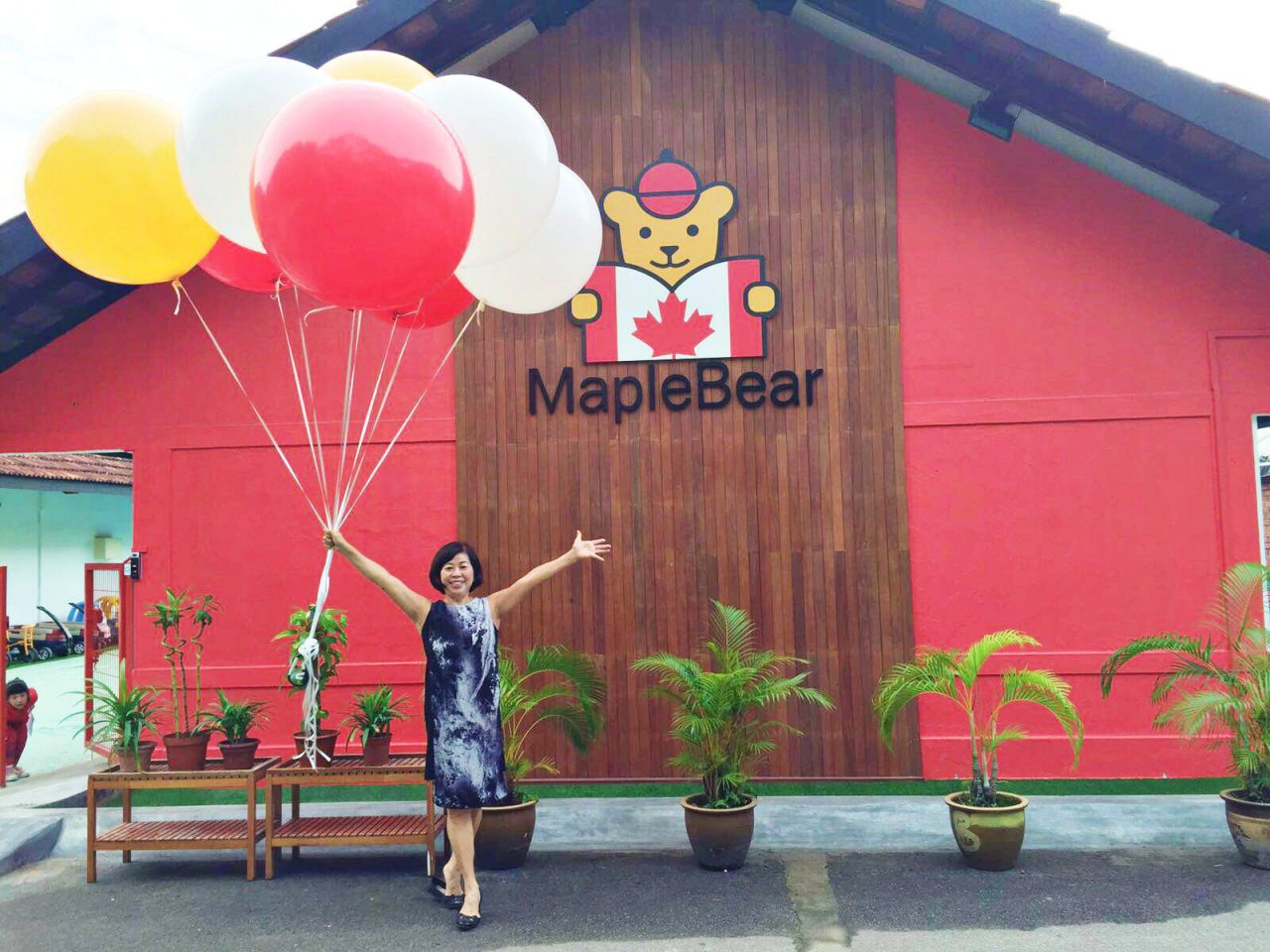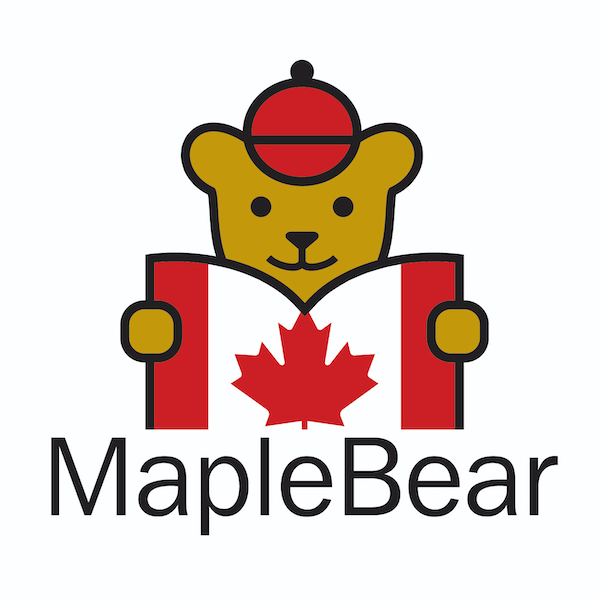*Produced by SilverKris for Maple Bear Singapore*
In a country where academic achievement is valued over actual learning and children are overloaded with tests and tuition, one educator offers an alternative approach that balances play with education.
An advocate of experiential learning and one of Singapore’s pioneers in preschool education, 69-year-old Patricia Koh began her teaching journey as a teenager and has since dedicated her life to equipping children with essential skills such as curiosity, creativity, communication, confidence and collaboration.
After selling her first preschool centre, Pat’s Schoolhouse, she joined Maple Bear, a Canadian franchise with over 440 schools in 18 countries that first launched in 2005, and opened the first Maple Bear Singapore outlet in 2013. Here, she trains educators to break conventions, challenge ingrained notions and teach through storytelling, experiments and experiences.
We speak to the education expert about her experience-centric teaching style, the evolution of preschool education in Singapore and its role in a child’s success in life.

How did you get into the education sector?
I struggled as a primary school student back in the day and realised that a lot of teachers weren’t very dedicated. At secondary one, I had vowed that I would grow up to be a good teacher. I had a natural gift for teaching too. At secondary three, I was teaching Sunday school classes. I remember buying goldfish to get them to attend class. After graduation, I went to the Teachers’ Training College and was posted to Silat Primary School.
What was it like to teach formally for the first time at Silat Primary School?
It was a remote school where many kids came from low-income families. It wasn’t easy, teaching kids who couldn’t even spell their names. But when I visited them at home, I realised they were actually smart. There was a boy who would help his dad sell food. He could break a $10 note without using his fingers to count. I realised the struggle the kids had was with the language, which they should’ve learnt in preschool. That’s how I got into preschool education.
Was there any way to learn about teaching preschool children in Singapore back then?
Back then, Singapore had no training programmes for preschool teachers. After two years at Silat Primary School, I went to Australia to study preschool education, which was an eye-opener. In 1978, when the Singapore government implemented pre-primary classes in primary schools, I was invited to train teachers to work with five-year-olds.
Those teachers were then sent out, but many school principals didn’t value preschool education and transferred those qualified teachers into higher-level classes, replaced with less competent ones. After a decade, I left to start my own school, Pat’s Schoolhouse, which I sold in 2007 before establishing Maple Bear Singapore in 2013.
How did you hear about the Maple Bear brand?
I heard about Maple Bear from a friend who started the first Maple Bear school in Vietnam. At that time, I was running Pat’s Schoolhouse. I realised that the people behind Maple Bear were passionate educators with a philosophy that was similar to my own. Rather than create a new brand and write a new curriculum, I decided to enhance Maple Bear’s existing programme. Within the first year, I opened five Maple Bear schools in Singapore.
What are the different methods of preschool education?
One is the vertical approach, which is climbing the ladder of success. It’s about speed learning and training kids to become geniuses in a short time. Another approach is to get children to play and play, but the teacher tends to forget to take the children up progressively to the next academic level. In Australia, a popular approach is the child-initiated curriculum, where the child decides what they want to learn on any given day. The Canadian way is very close to what I believe in and that’s why I adopted their method.
What’s your approach to teaching?
Everyone can follow the same curriculum but how it’s taught and implemented can be quite different. I try to make things more fun. Instead of simply teaching them the facts, I would make the facts come alive and incorporate puppets and stories. I take children on a horizontal journey. That means in the process of learning something, we do a lot of other things along the way – we observe, feel, experience and experiment with things.
For instance, the story of Sang Nila Utama is a very dry history topic. Instead of talking about the facts and important dates, I would get the kids to experience the whole event. I would also tell them the story of the hungry caterpillar: “On Monday, the hungry caterpillar ate an apple. But he was still hungry, so on Tuesday, he ate two pears.” This way, the children would learn about numbers, fruits, language, the life cycle of a caterpillar and the days of the week simultaneously.
What else makes up your teaching philosophy?
I believe there are no right or wrong answers. We shouldn’t insist on model answers. Not all apples are red and the sky isn’t always blue. What I’m working towards is preparing children for the future. I came up with the five Cs – curiosity, creativity, communication, confidence and collaboration.
Curiosity helps children ask questions and learn more. Creativity helps them look at things differently. If they can communicate with the world, they can also get very far. Having confidence means not being afraid to make mistakes or take criticism. And collaboration helps them share ideas, understand their talent and recognise the talents of others.
What’s the greatest challenge you’ve faced as an educator?
The greatest challenge is to change the mindsets of adults about how children learn. Many people don’t really understand children. They try too hard to teach or put pressure on them, often branding them as dyslexic or difficult too early in life, which undermines the child’s growth. Personally, I have three daughters and six grandkids, and I love talking to them. I just love looking into the face of a child. It keeps me going.
For more information on the curriculum and methodology of Maple Bear Singapore, visit its website here.
The post How education pioneer Patricia Koh changed the preschool scene in Singapore appeared first on SilverKris.
from SilverKris

Great blog ! I am impressed with suggestions of author. Midtown Miami Preschool
ReplyDeleteI read your blog now share great information here. Doral Day Care
ReplyDeleteI am thankful to this blog giving unique and helpful knowledge about this topic. Preschool Coral Gables
ReplyDeleteImpressive and powerful suggestion by the author of this blog are really helpful to me. Kindergarten In Brickell
ReplyDeleteOur children's House customizes learning for each child with a unique combination of Montessori and Childcare in Serangoon. Contact us now to get enrolled here.
ReplyDelete